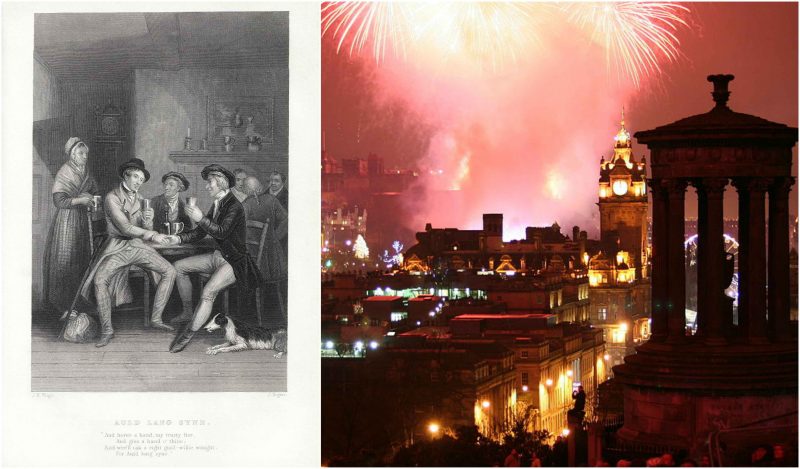‘Hogmanay’ is the word for the last day of the year in Scotland, and it is celebrated on the 31st of December, on the 1st of January, and also on the 2nd, a Scottish bank holiday.
Hogmanay is much older than the celebration of the New Year as such. The tradition of celebrating Hogmanay is old as the 8th or the 9th century, when Vikings invaded Scotland.
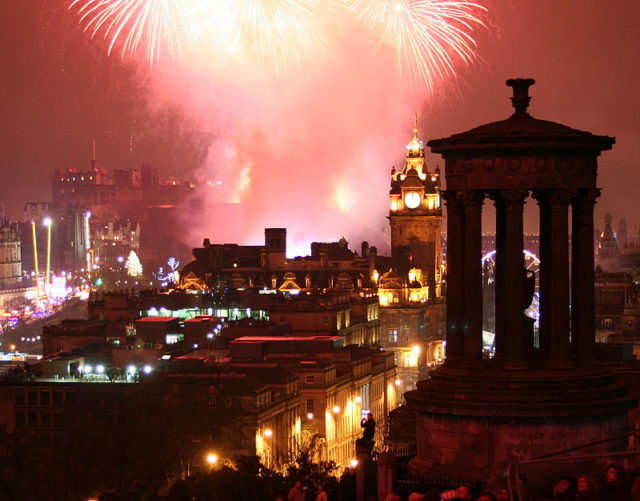
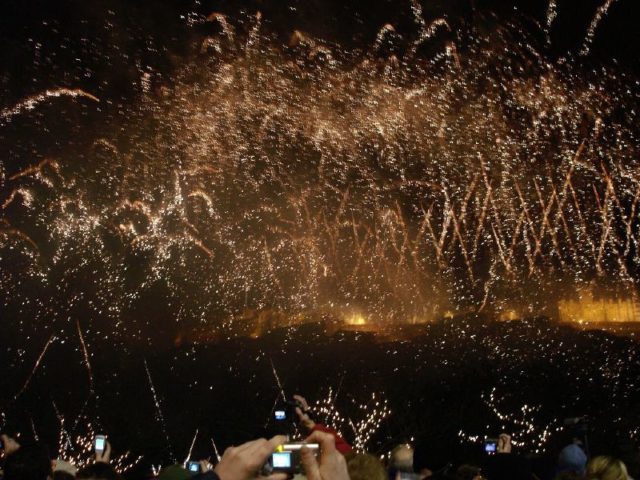
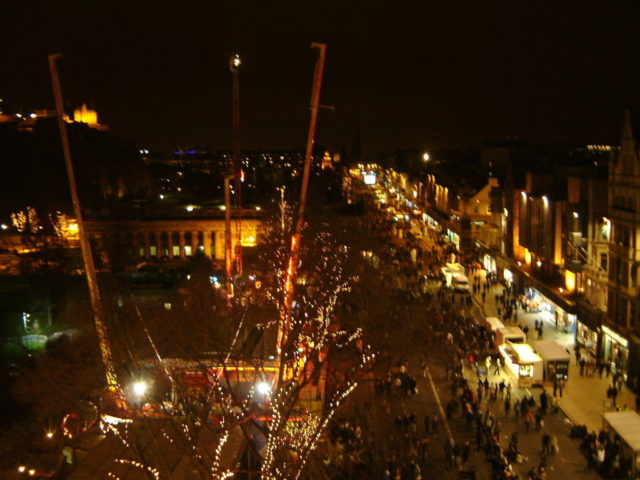
For the Norsemen, the celebration of the Winter Solstice was of particular importance, and their influence is still present in Shetland where the New Year is still called Yules, deriving from the Scandinavian word for the midwinter festival of Yule.
As for the other parts of Scotland the customs vary, but almost always there is gift-giving and visiting the homes of friends and neighbors.
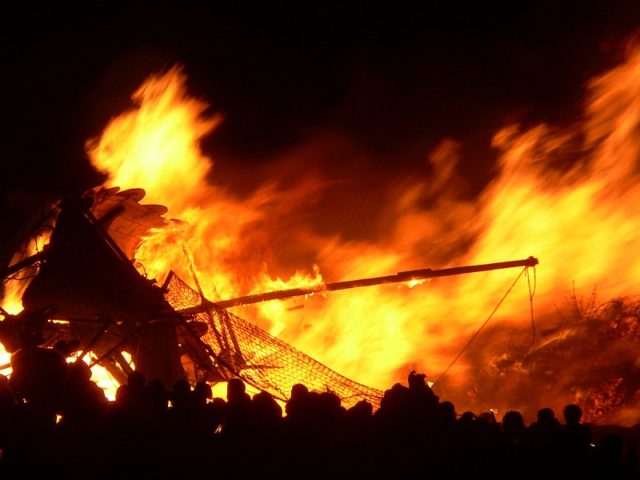
A reason why the Scots are so festive for three days in a row might be that they didn’t celebrate Christmas for 400 years, beginning during the Protestant Reformation in the 17th century, when Christmas was declared a Catholic feast and banned as such until the 1950s. So, for 400 years the Scots worked while the rest of England celebrated Christmas. But, then they had Hogmanay.
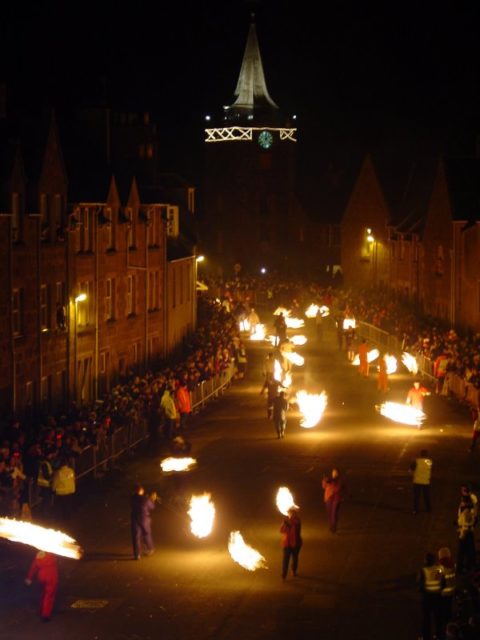
The Hogmanay begins when the bells toll at midnight on the 31st of December. Until they do, due to superstitions, all Scots are supposed to clean their houses, clean the ashes from the fire, and clear their debts so that the New Year can be a clear new beginning. It is tradition to begin the New Year with Robert Burns’ “Auld Lang Syne”, published in 1788.
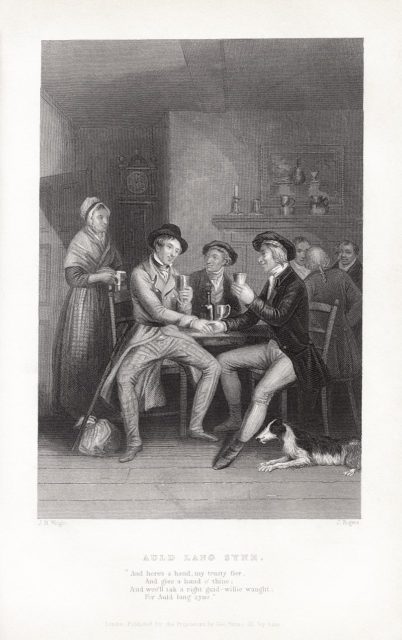
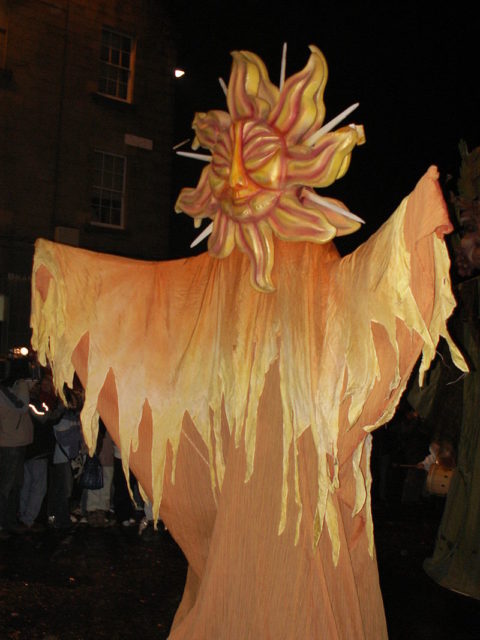
Also, every family expects the appearance of the first-footing person – the first friend or relative who would cross the threshold in the home after midnight. The lucky one to be that person is gifted with symbolic gifts such as salt (not very common today), coal, shortbread, whiskey (very common today), and black bun – a fruit cake.
The first-foot is supposed to set the luck for the rest of the year. Traditionally, tall, dark men are preferred as the first-foot. All people gathered in the house celebrate the new beginning with drinks and food until the morning hours.
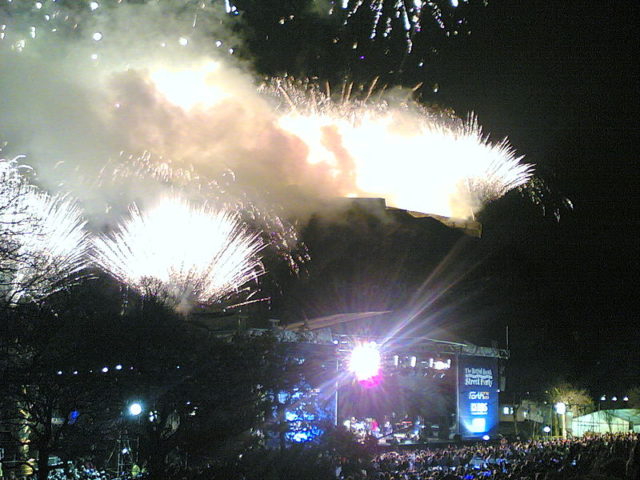
Of course, the New Year ceremony consists of various different customs in different places. Another common tradition is dressing up in the hides of cattle and running around the village whilst being hit by sticks. The festivities would also include the lighting of bonfires and tossing torches. Oh, and the fireworks! The whole of Scotland enjoys the marvelous Hogmanay fireworks.
Ah, Scotland…
